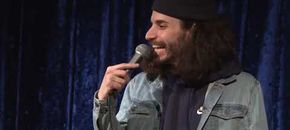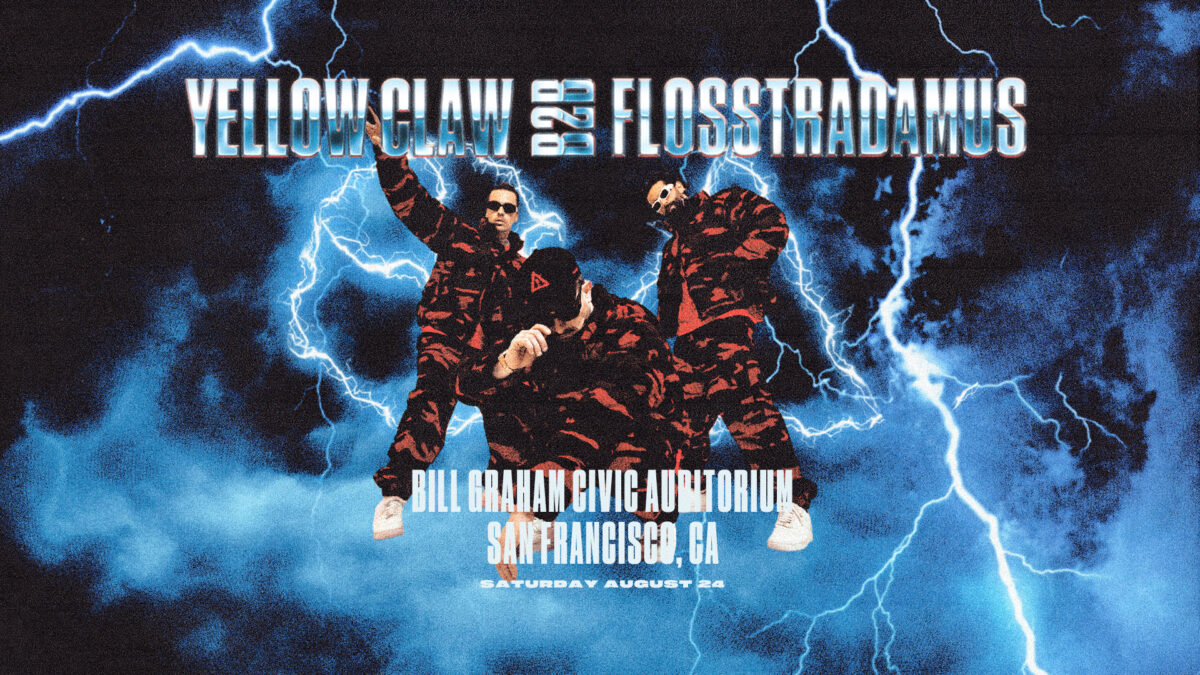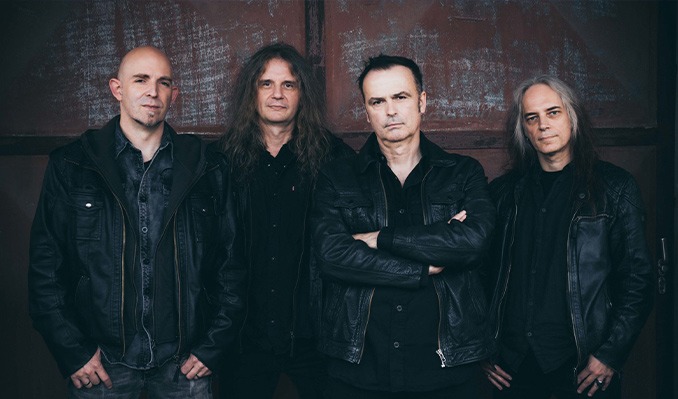Movie Review: ‘The Wrecking Crew’ are the Unsung Heroes of Rock History

19 years in the making, Denny Tedesco’s The Wrecking Crew tells the tale of the unsung heroes of the birth of rock ‘n’ roll in America. Tedesco’s father, Tommy Tedesco, was a guitarist and one of the so-called Wrecking Crew, a group of studio musicians that dominated rock’s airwaves in the 1960’s. Used by everyone from Phil Spector, whose Wall of Sound they helped create, to Brian Wilson for many of The Beach Boys’ enduring hits, including the entirety of Pet Sounds, what’s most surprising about the film isn’t that they went virtually uncredited, and therefore unnoticed, but that they quite literally played on almost every hit song for a decade.
Although the exact number of musicians who were a part of the Wrecking Crew is disputed, it’s generally accepted that it’s somewhere around two dozen. Where the name came from is also disputed, although many attribute it to prolific drummer Hal Blaine, who dubbed the group as such since they displaced their elder studio musicians who thought the younger generation were going to wreck the industry. Instead, they backed big artists like Bing Crosby and became so in demand that many were working up to twelve hours a day.
Not only were they the backing band for many singers, but they actually took the reigns from many bands. In the Beach Boys’ case, it was mostly due to the fact that Brian Wilson quit touring to pour his focus into the studio while the rest of the band was on the road. But it was also a conscious decision by Wilson because the band just weren’t as good as musicians like Blaine and bassist Carol Kaye, the only woman of the Wrecking Crew and who’s bassline to “Good Vibrations” has become one of the most infamous in rock music. Roger McGuinn tells the story of how all but himself in The Byrds were replaced by the Crew on their first single “Mr. Tambourine Man,” and although the band eventually created hit records on their own, they were never nearly as efficient as the studio guys.
The real charm of the film, though, is to watch a number of these musicians tell their stories. For many, rock music wasn’t really their thing. They were jazz musicians that didn’t turn up their noses at rock like many of the older studio musicians. As drummer Earl Palmer tells it, rock wasn’t necessarily his favorite but he always played like it was. So they got the gigs, and they just kept on coming. Nancy Sinatra tells the story of how no matter who the producer was, or what studio you were recording in, you would always see the same musicians in the room.
Carol Kay, in particular, is terrific to listen to, not because she was the only female in the group, but because she talks about the era with such exuberance. She and many of the others interviewed — including Glen Campbell, who eventually became a star in his own right — lament how much time they spent in the studio but they don’t for a second regret it.
The film itself isn’t necessarily put together in the most seamless fashion. Instead it’s mainly a bunch of mini-sections strung together that focus either on some of the individual musicians or a minor theme, but the fact that the younger Tedesco was able to pull this story together and speak with many of the musicians involved is astounding. They’ve remained the music industry’s best kept secret, not because they were worried that the public would find out The Monkees didn’t actually play on their albums, but because it was almost embarrassing how few musicians played on the era’s biggest hits.
Rating: 4.5 out of 5








